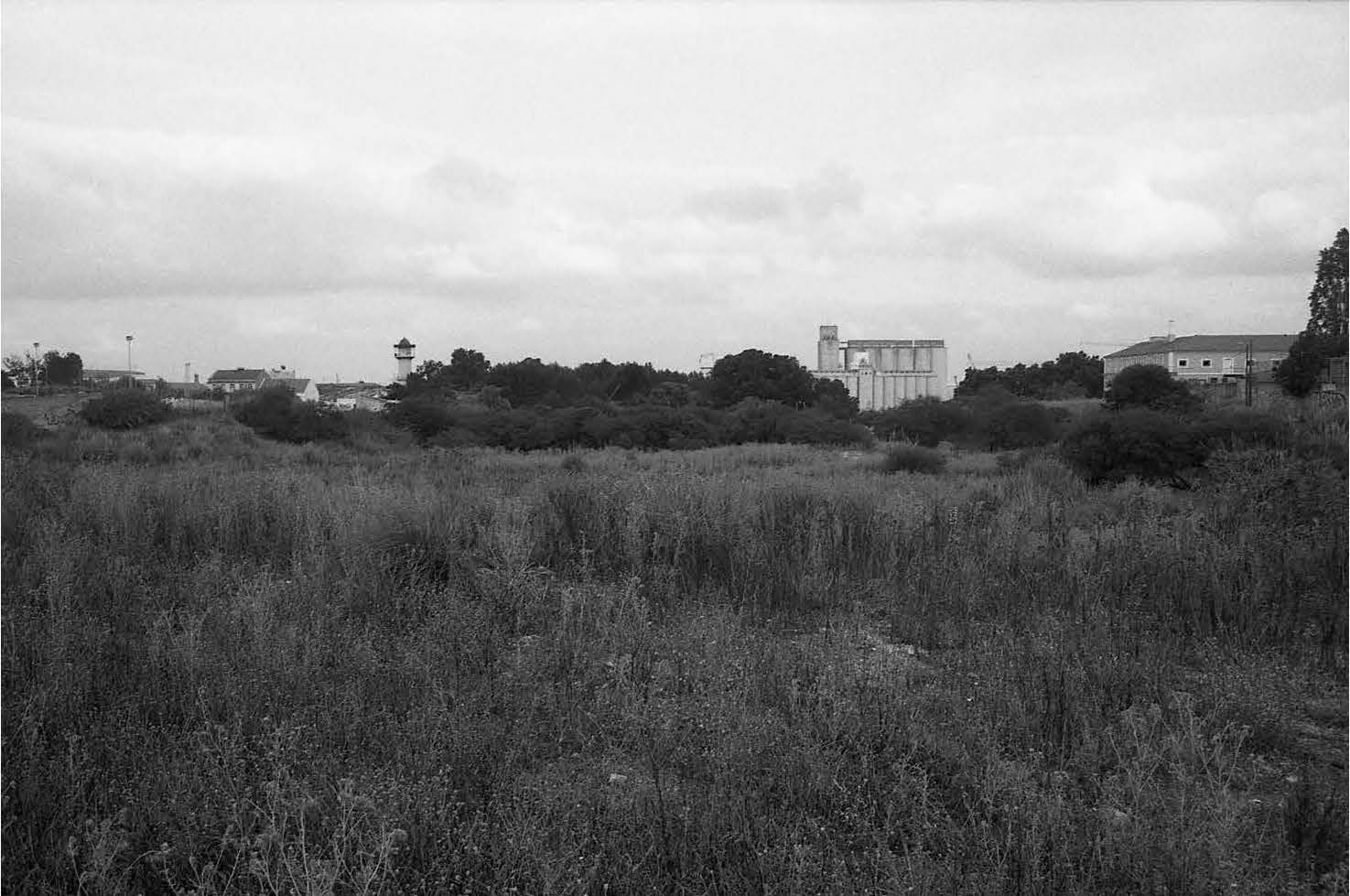
Urban Wilderness: A Journey through Lisbon Terrain Vague
##plugins.themes.immersion.article.figure##

Abstract
The new urban condition has generated ambiguous spaces within it: Terrain Vague or Urban Voids are spaces within the city, nameless and without clear boundaries, difficult to define. They are unpaved and vegetated spaces that are neither public spaces, nor gardens, nor agricultural fields, lying in a state of abandonment, suspension, and invisibility. With no specific function and temporarily outside the logic of the market, these spaces are appropriated and used daily by people and nature.
Indeed, they eschew traditional cartographic representation, where they are often represented as mere white spaces, or spaces with future destinations. For this reason, walking as a common action becomes the fundamental tool for approaching, getting to know, and studying these spaces, while photography and other visual media become not only a means of representation, but also of studying and understanding the dynamic reality of these spaces and the different realities that inhabit them.
With this visual essay, I do not aim to provide an unambiguous representation or definition of these spaces, far from it. Going along with the fragmentary and uncertain nature of these places, I have used photography as a means of urban research to understand and describe these places, and as a personal travelogue within these spaces, as if to take notes. Having chosen Lisbon as the privileged terrain of my research, this visual essay has the sole purpose of trying to represent these spaces in a disorderly and fragmentary way, following their nature, and in doing so, trying to unveil a hidden beauty and reveal their enormous potential for the city.
Cover image: 38°44’16”N 9°06’38”W, 2023
References
- Amoretti, Alberto. “A City in Waiting.” Domus, 2013. https://www.domusweb.it/en/photo-essays/2013/04/24/a_city_in_waiting.html.
- Basilico, Gabriele. Basilico. Territori Intermedi: Territori Intermedi / In-between Territories. Edited by Giovanna Calvenzi, Filippo Maggia, and Luca Molinari. Milano: Skira, 2021.
- Careri, Francesco. Walkscapes. Camminare Come Pratica Estetica. Milano: Einaudi, 2006.
- Clément, Gilles. Manifesto of the Third Landscape. Trans Europe Halles, 2022.
- Gandy, Matthew. “Landscapes of Deliquescence in Michelangelo Antonioni’s Red Desert.” Transactions of the Institute of British Geographers 28, no. 2 (2003): 218–37. https://doi.org/10.1111/1475-5661.00088.
- Hänninen, Giovanni, and Alberto Amoretti. “Cittàinattesa,” 2015. https://hanninen.it/cittainattesa/.
- Kamvasinou, K., and Marion Roberts. “Interim Spaces: Vacant Land, Creativity and Innovation in the Context of Uncertainty.” In Terrain Vague: Interstices at the Edge of the Pale, edited by Manuela Mariani and Patrick Barron, 187–200. New York: Routledge, 2014.
- Lopez-Pineiro, Sergio. A Glossary of Urban Voids. Berlin: Jovis, 2020.
- Manolo Laguillo. Barcelona 1978-1997. Manolo Laguillo. Impreso, 2007. https://www.macba.cat/es/aprender-investigar/publicaciones/barcelona-1978-1997-manolo-laguillo.
- Mariani, Manuela, and Patrick Barron. “Cinematic Space in Rome’s Disabitato: Between Metropolis and Terrain Vague in the Films of Fellini, Antonioni, and Pasolini.” Modernism - Modernity. Johns Hopkins University Press, 2011. https://doi.org/10.1353/mod.2011.0048.
- Pier Paolo Pasolini. “Affabulazione.” In Teatro. Milano: Garzanti, 1988.
- Solà-Morales, Ignasi de. “Terrain Vague.” In Anyplace, Anyone, edited by Cynthia Davidson, 118–23. Cambridge, MA: MIT Press, 1995.
- Acknowledgements
- The author sincerely thanks The Foundation for Science and Technology (FCT) for funding the author's research grant with the reference 2022.11783.BD.
